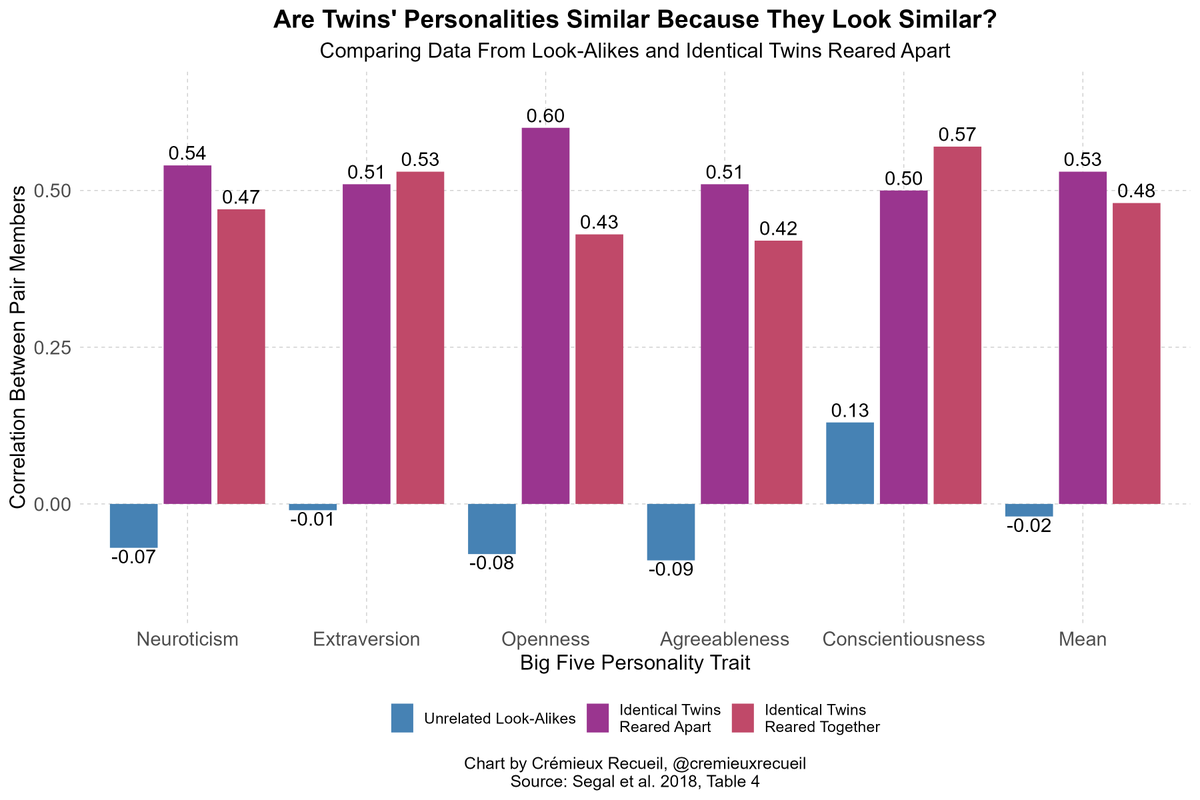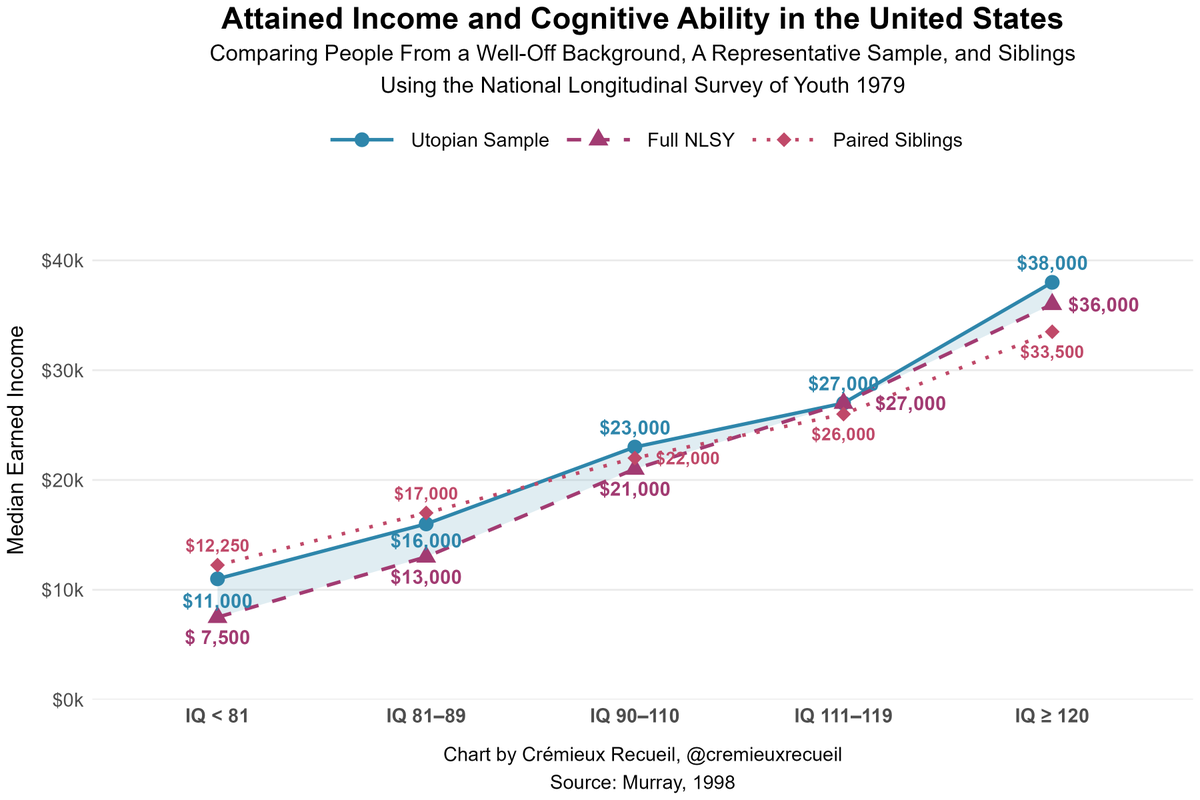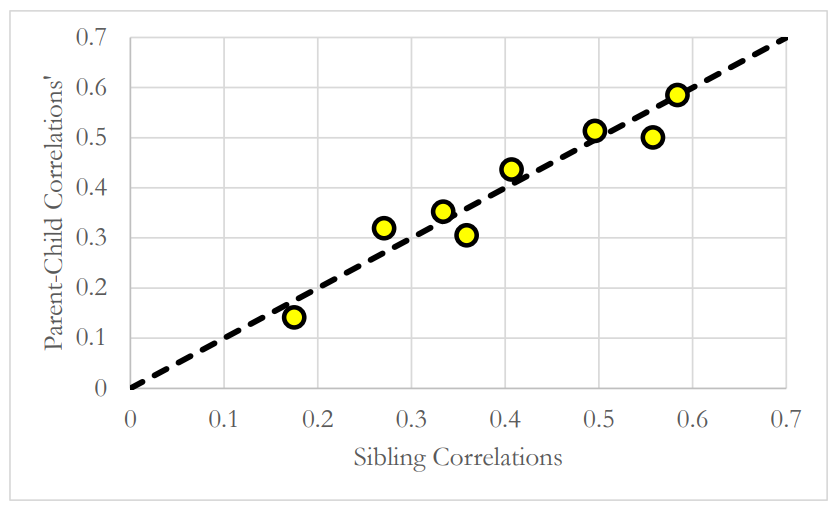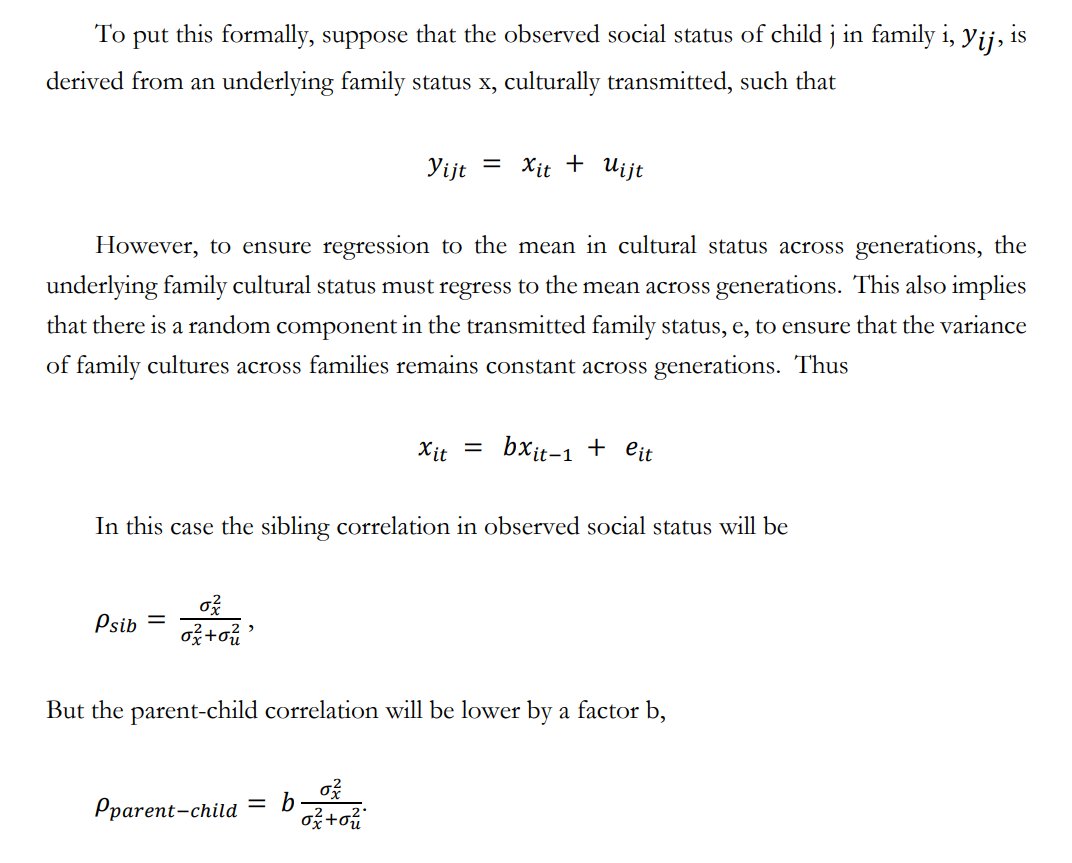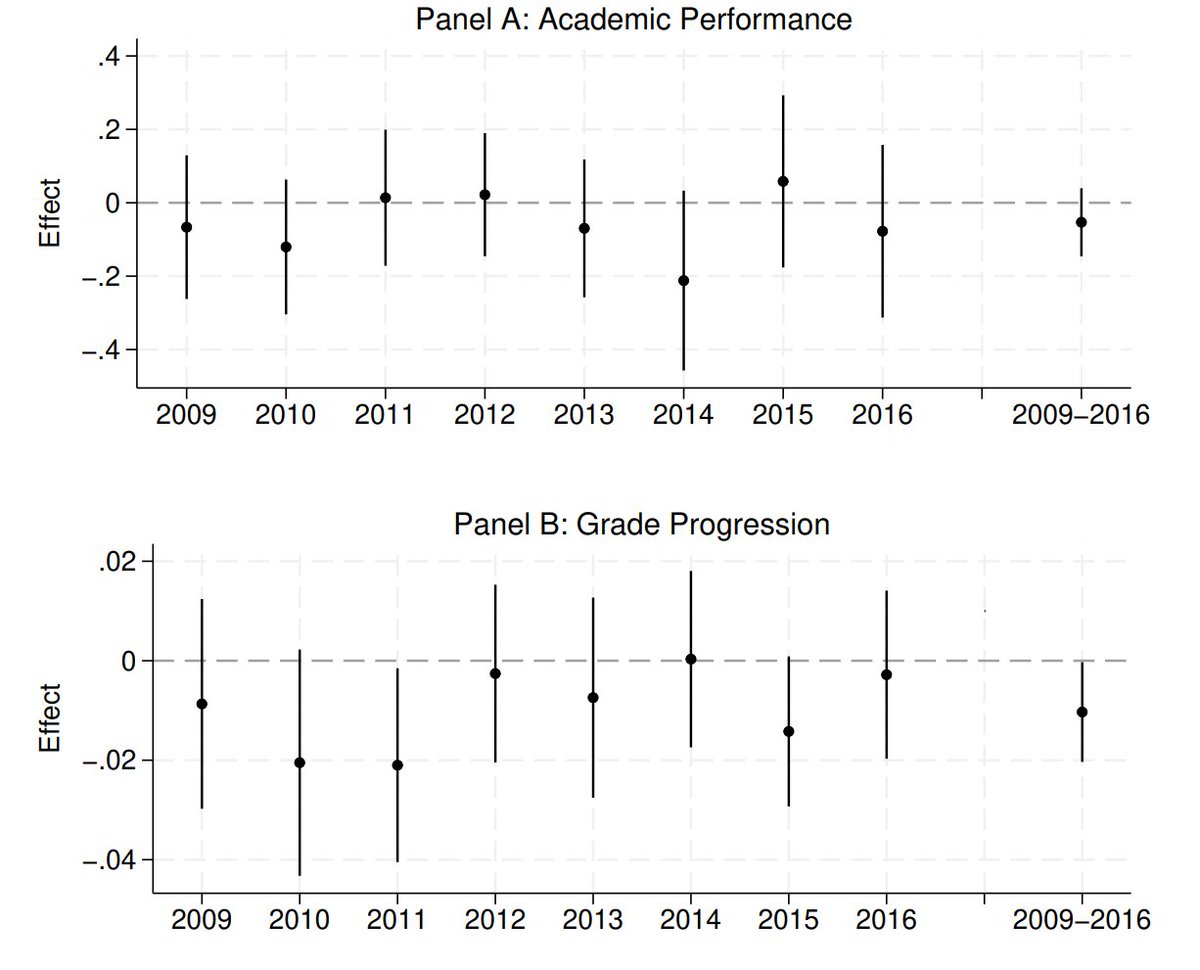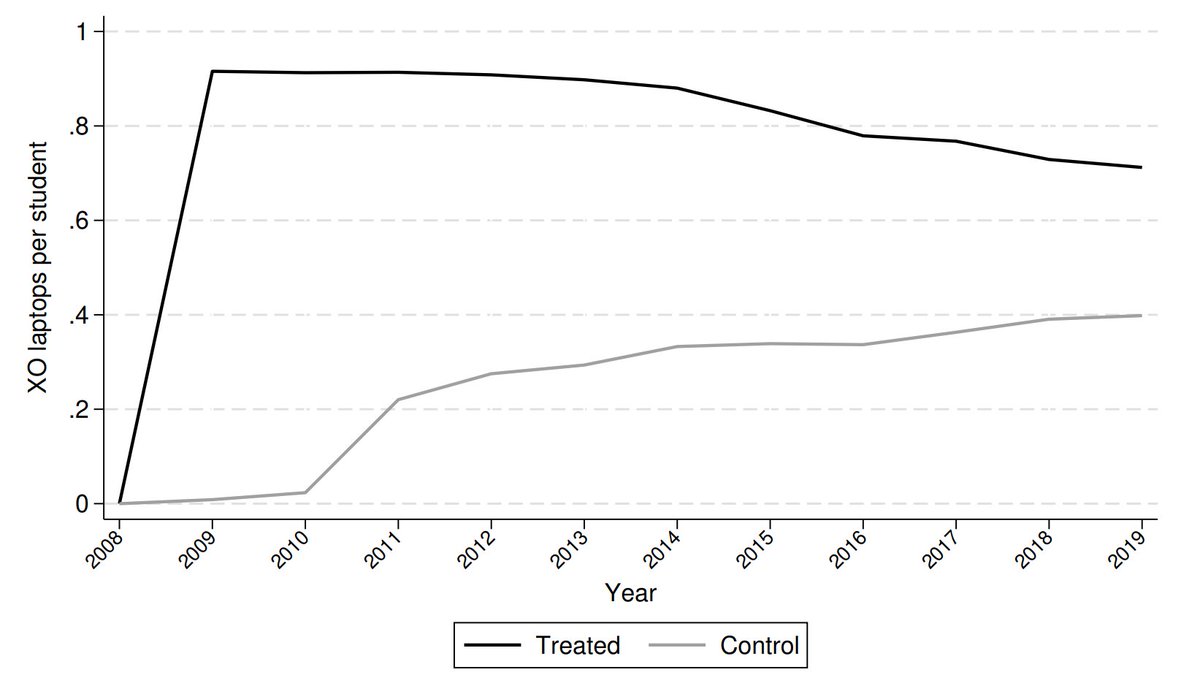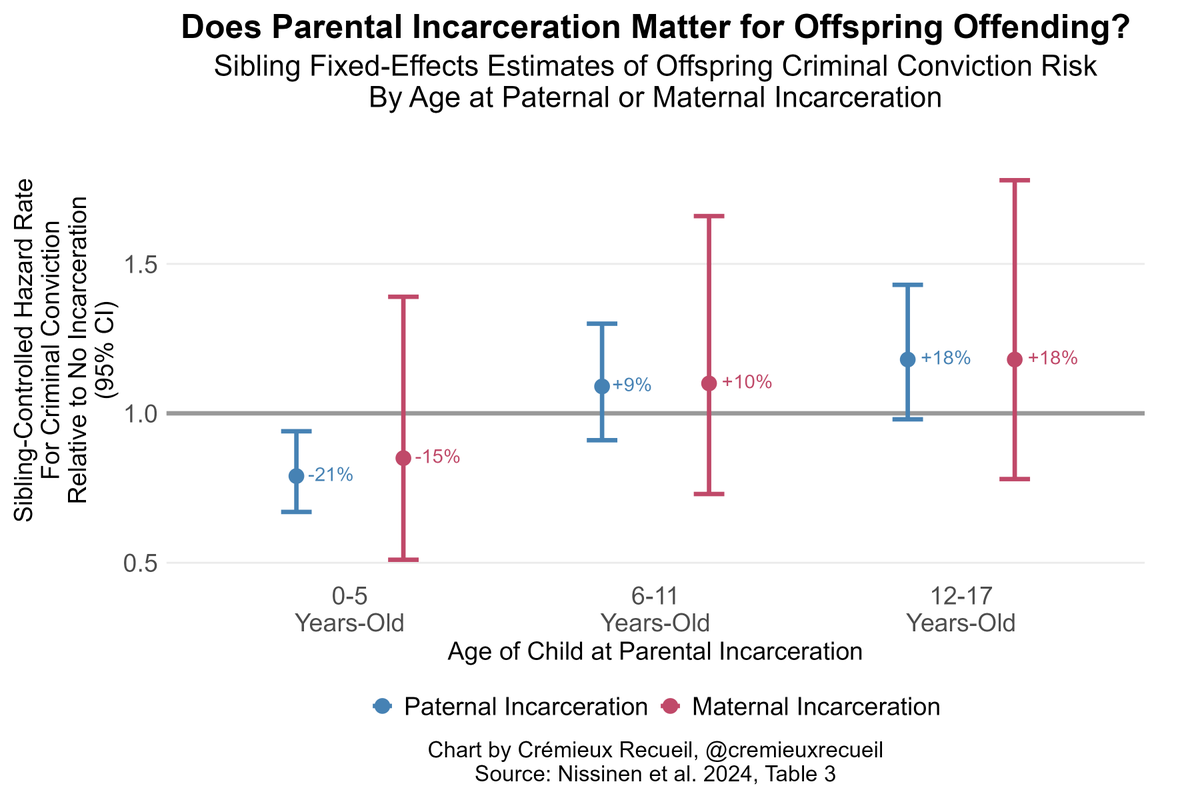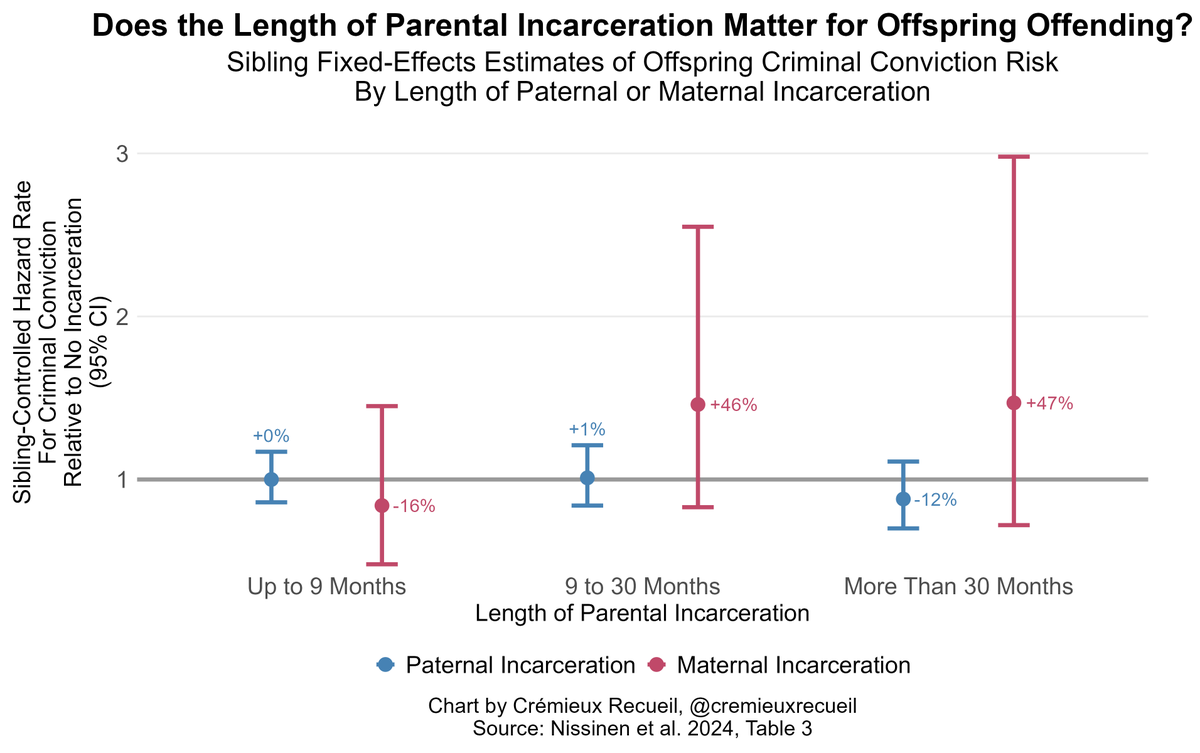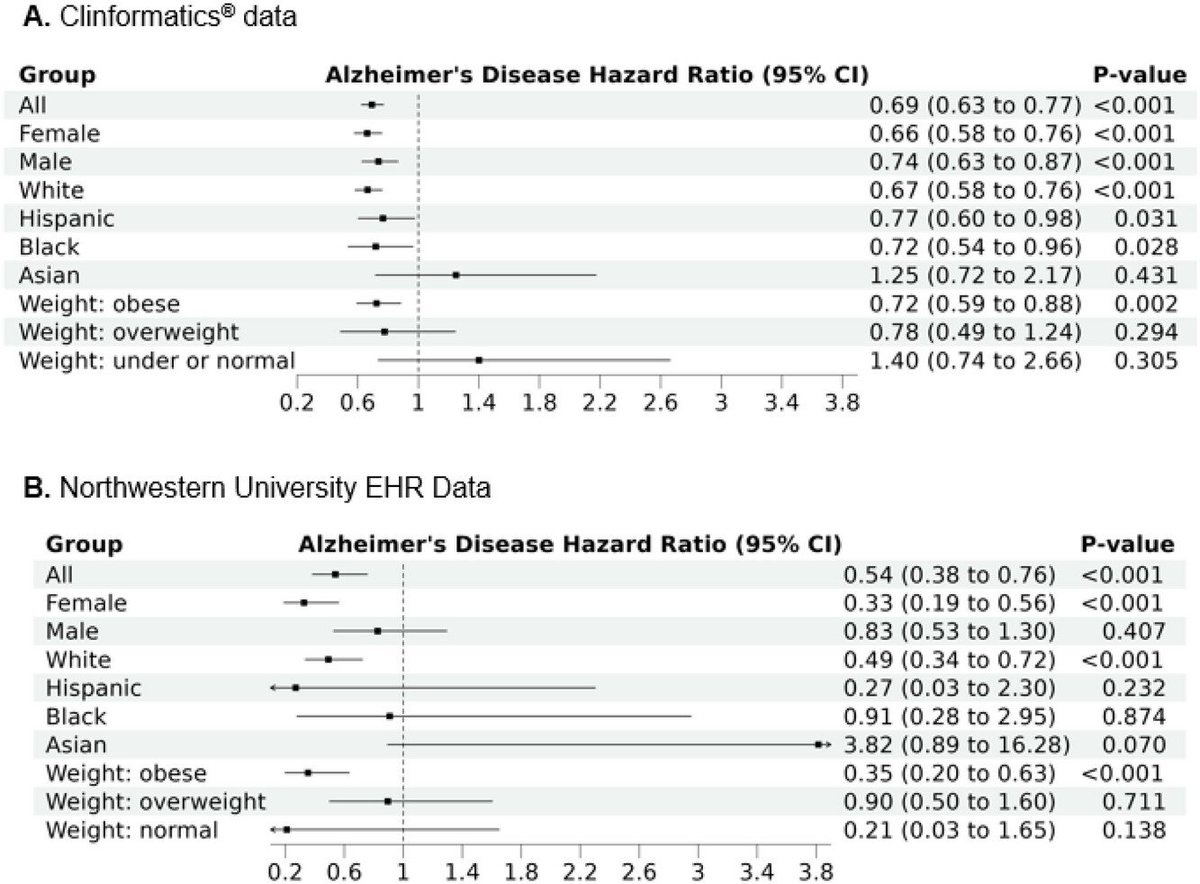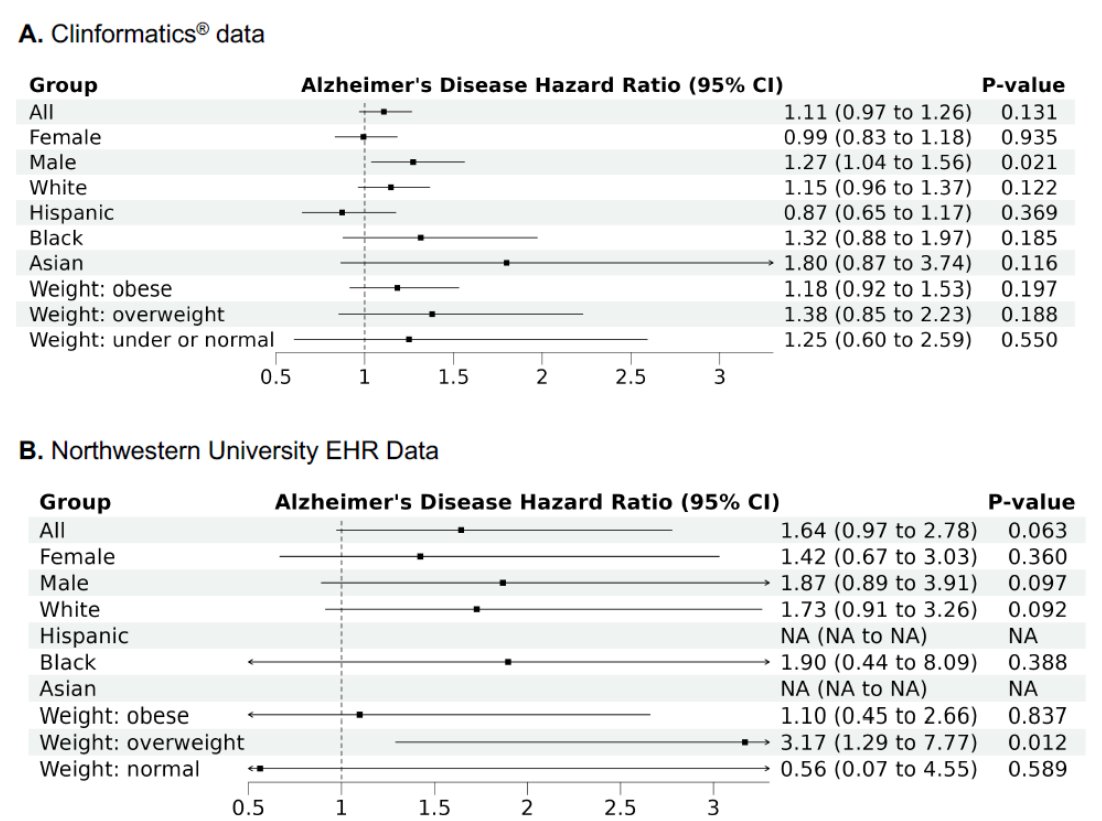In the U.S., you are legally permitted to sell your blood plasma for money, but it's called "donation".
In recent years, the numbers of places set up for donations has skyrocketed, and the amount they're compensating donors has followed suit.
Let's dig in.
In recent years, the numbers of places set up for donations has skyrocketed, and the amount they're compensating donors has followed suit.
Let's dig in.

Most of the visitors to these donation centers are highly local (A)
People are also more likely to visit donation centers in census block groups (CBGs) that are marked by poverty (B)
Why?
People are also more likely to visit donation centers in census block groups (CBGs) that are marked by poverty (B)
Why?

In surveys, donating plasma is predicted by being poor, Black, male, married, having kids, being a student, etc.
In short, people who could really use an extra $150 twice a week for a minimal inconvenience are more likely to donate.
In short, people who could really use an extra $150 twice a week for a minimal inconvenience are more likely to donate.

We know this is true because we also have survey data indicating people's stated reasons for donating. Few people are donating altruistically. The top categories by far are about money!
Take a look:
Take a look:

Now, before getting to the juicy result, I want to show one more thing: the impact of COVID stimulus checks on plasma donations.
When the checks went out, the number of visits to plasma donation centers cratered. Donations plummeted because people had the cash they needed.
When the checks went out, the number of visits to plasma donation centers cratered. Donations plummeted because people had the cash they needed.

Now here's the kicker: When plasma donation centers open up, local inquiries into predatory payday and installment loans falls off.
People are seeking credit and donating blood might be how they get it.
People are seeking credit and donating blood might be how they get it.

If we stratify these trends by age, we see that those with ages less than or equal to 35 - the less well-established - are the ones deciding to use blood plasma donations to offset the need for quick, dangerously high-interest cash, not those greater than 35 years old. 

When you look at payday transactions rather than inquiries alone, you get the same picture, albeit with more noise.
Young people really do seem to be defraying the need for credit by selling (sorry, donating!) their blood plasma.
Young people really do seem to be defraying the need for credit by selling (sorry, donating!) their blood plasma.

The reasons people sell their are also, evidently, not just to cover essentials.
One of the clearest-cut impacts is that entertainment establishments see an increase in visits after blood plasma donation centers open up.
One of the clearest-cut impacts is that entertainment establishments see an increase in visits after blood plasma donation centers open up.

That last part clarifies something: people would prefer not to get risky, high-interest loans, and they really want a little bit of extra cash. So while they will seek out those loans if push comes to shove, they're more likely to frivolously pursue blood donation.
And that's good! We need blood plasma donations, so if paying people a bit of money makes that possible, so be it.
If we take away that possibility, we can also see that it would make people's lives worse.
How far can we take this? Maybe we can learn from Iran.
If we take away that possibility, we can also see that it would make people's lives worse.
How far can we take this? Maybe we can learn from Iran.
In the U.S., about 0.5-1% of the federal budget goes to dialysis:
In Iran, there is a legal, regulated market in selling kidneys and it's such a good deal that the government even pays for the operations. It beats paying for dialysis!

In Iran, there is a legal, regulated market in selling kidneys and it's such a good deal that the government even pays for the operations. It beats paying for dialysis!
https://x.com/cremieuxrecueil/status/1780051770019926212

People are more than willing to sell their bodies in different ways that help their fellow citizens, from selling their blood plasma to pawning off a kidney.
Given so many people want to do that, and so many people would benefit from it, the question is, why not?
Given so many people want to do that, and so many people would benefit from it, the question is, why not?
Frankly, I think we should just do it. The blood plasma donation model has been such a success and it's more than evident that organ payments could be too.
Worried about corruption? Then regulate it well!
Sources:
academic.oup.com/rfs/article-ab…
pbs.org/newshour/show/…
Worried about corruption? Then regulate it well!
Sources:
academic.oup.com/rfs/article-ab…
pbs.org/newshour/show/…
• • •
Missing some Tweet in this thread? You can try to
force a refresh


